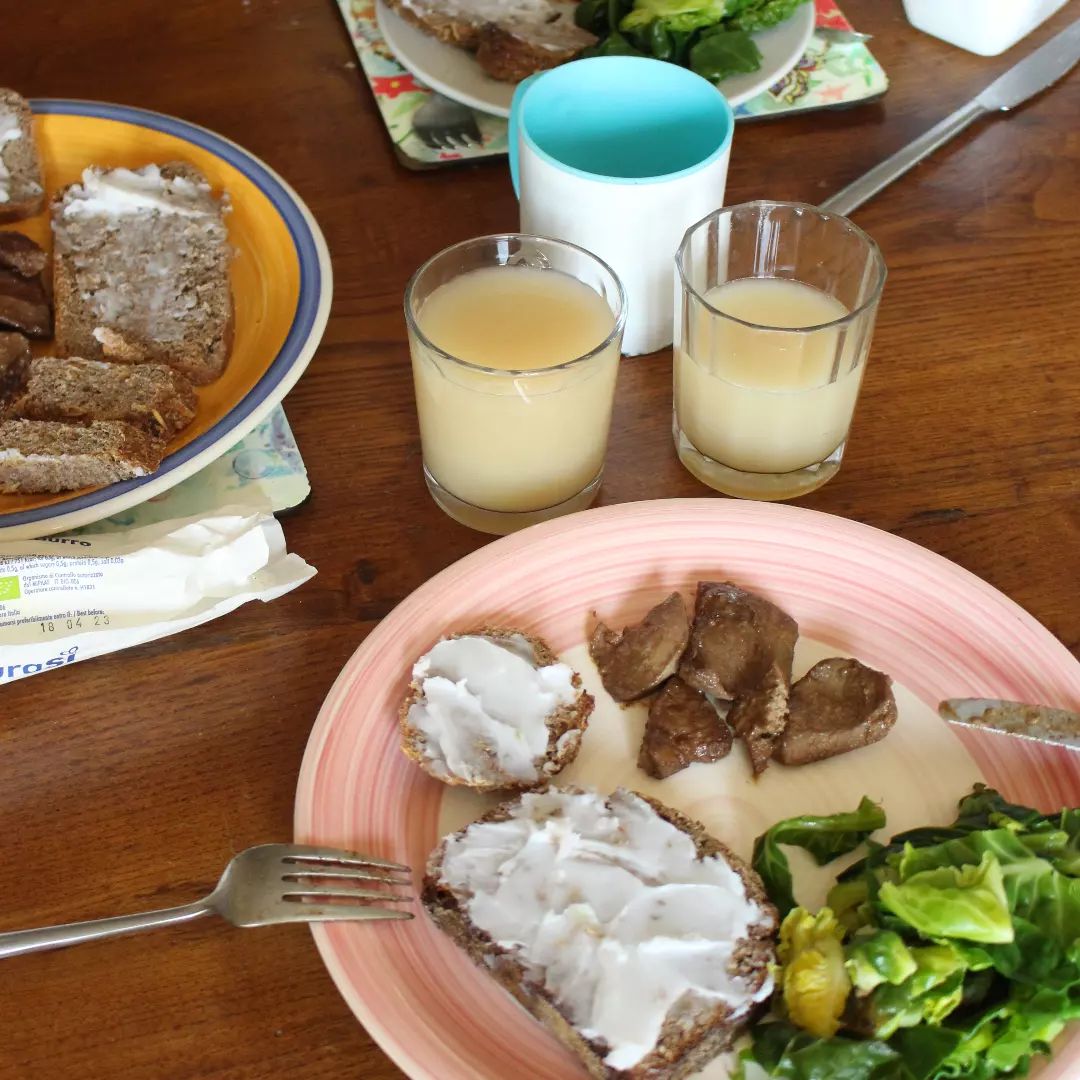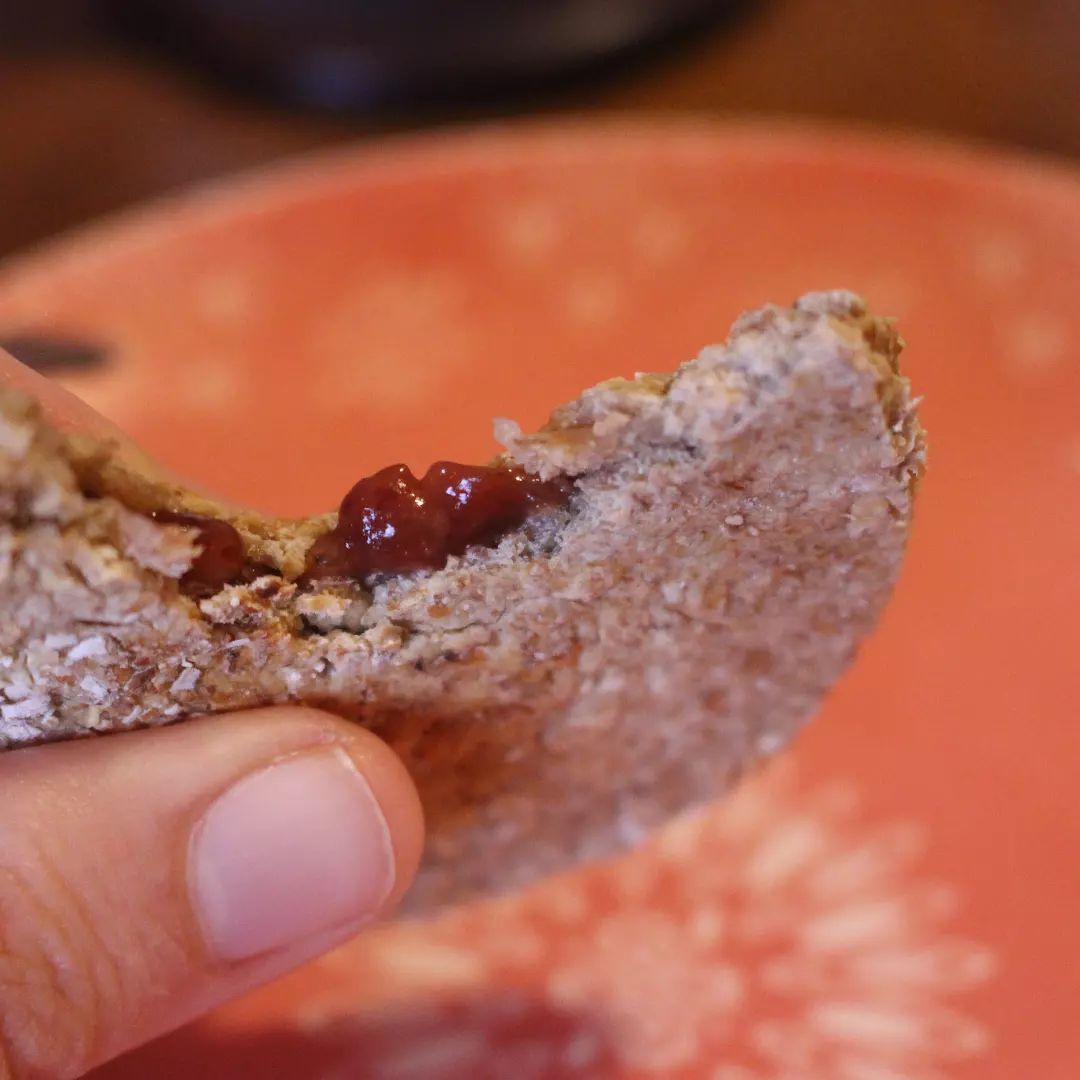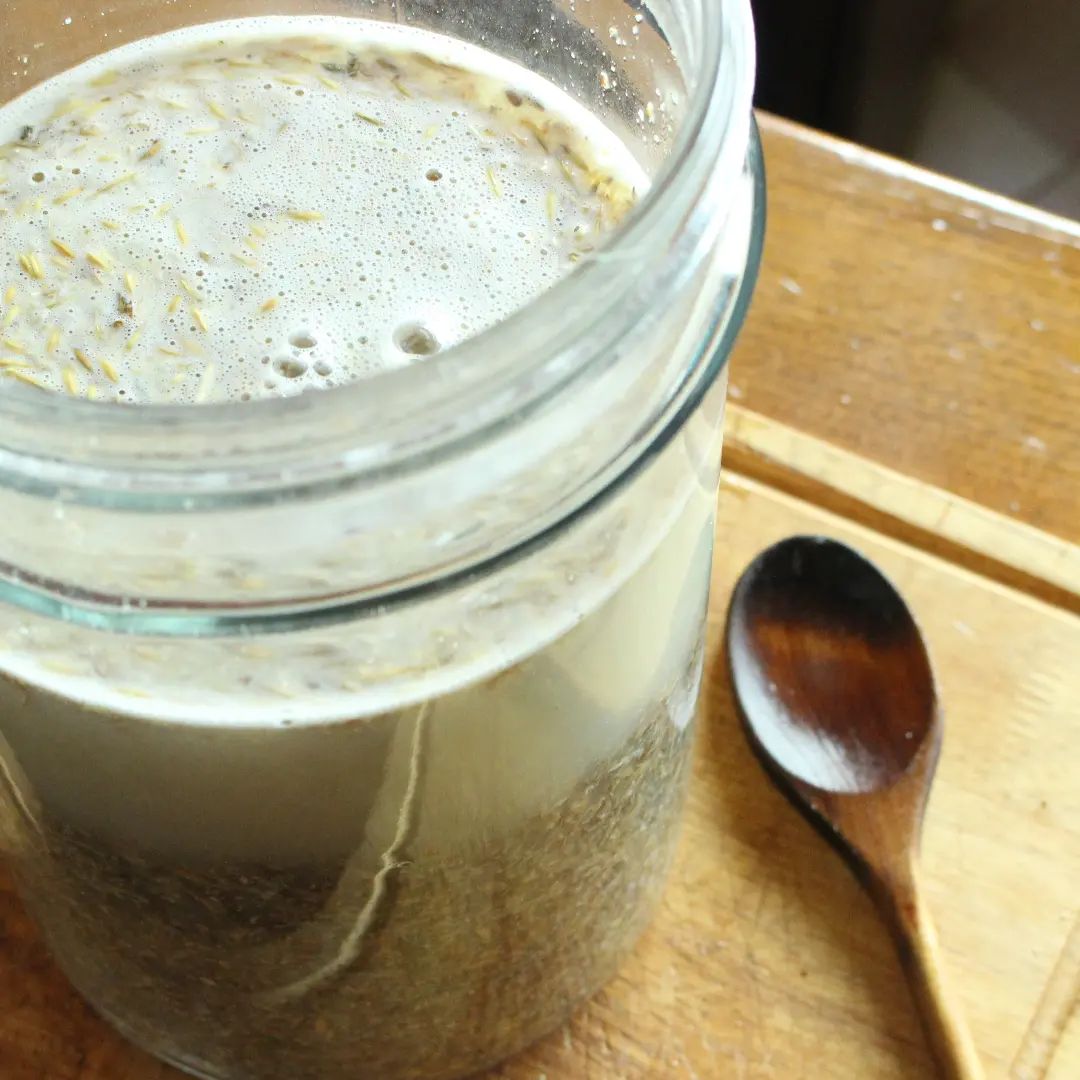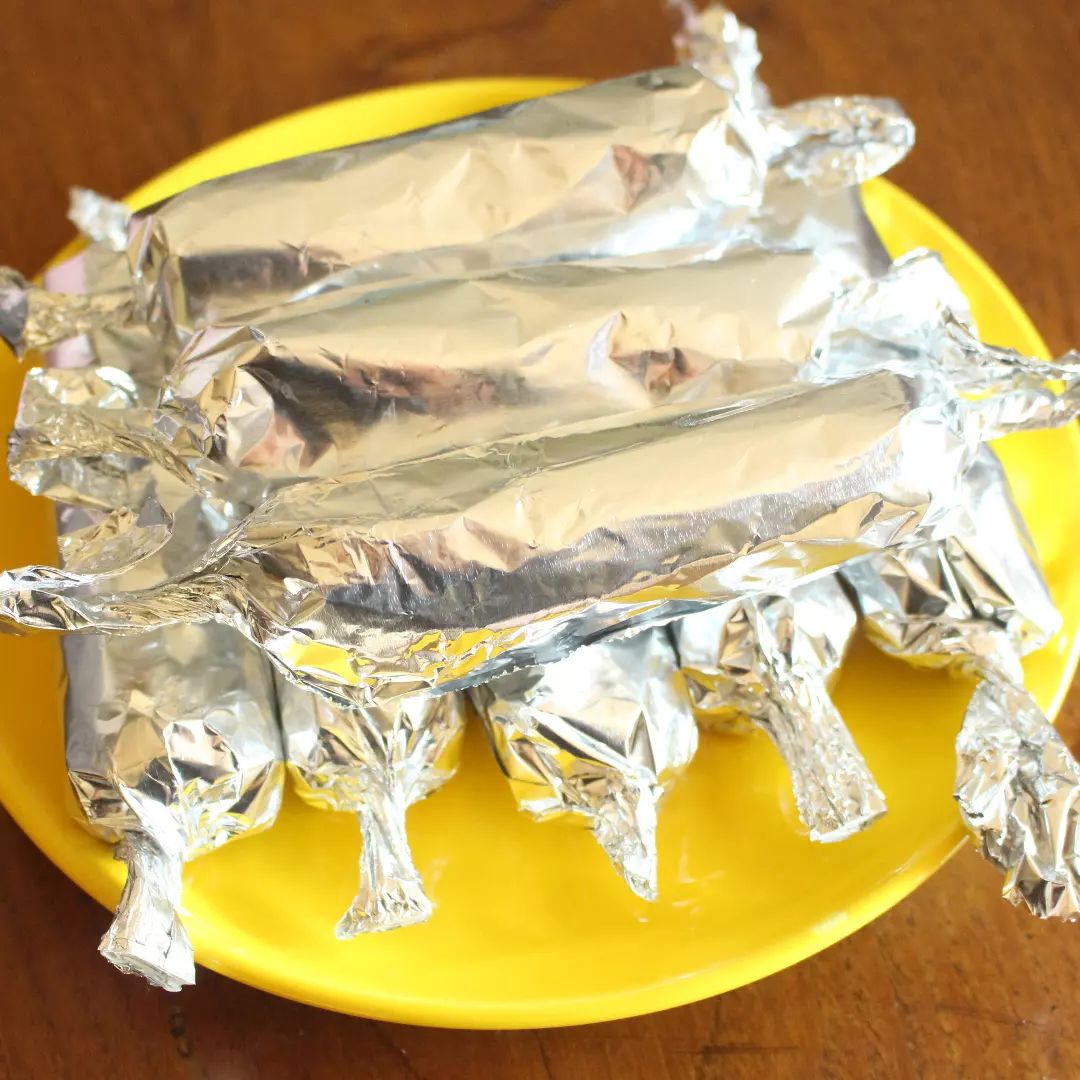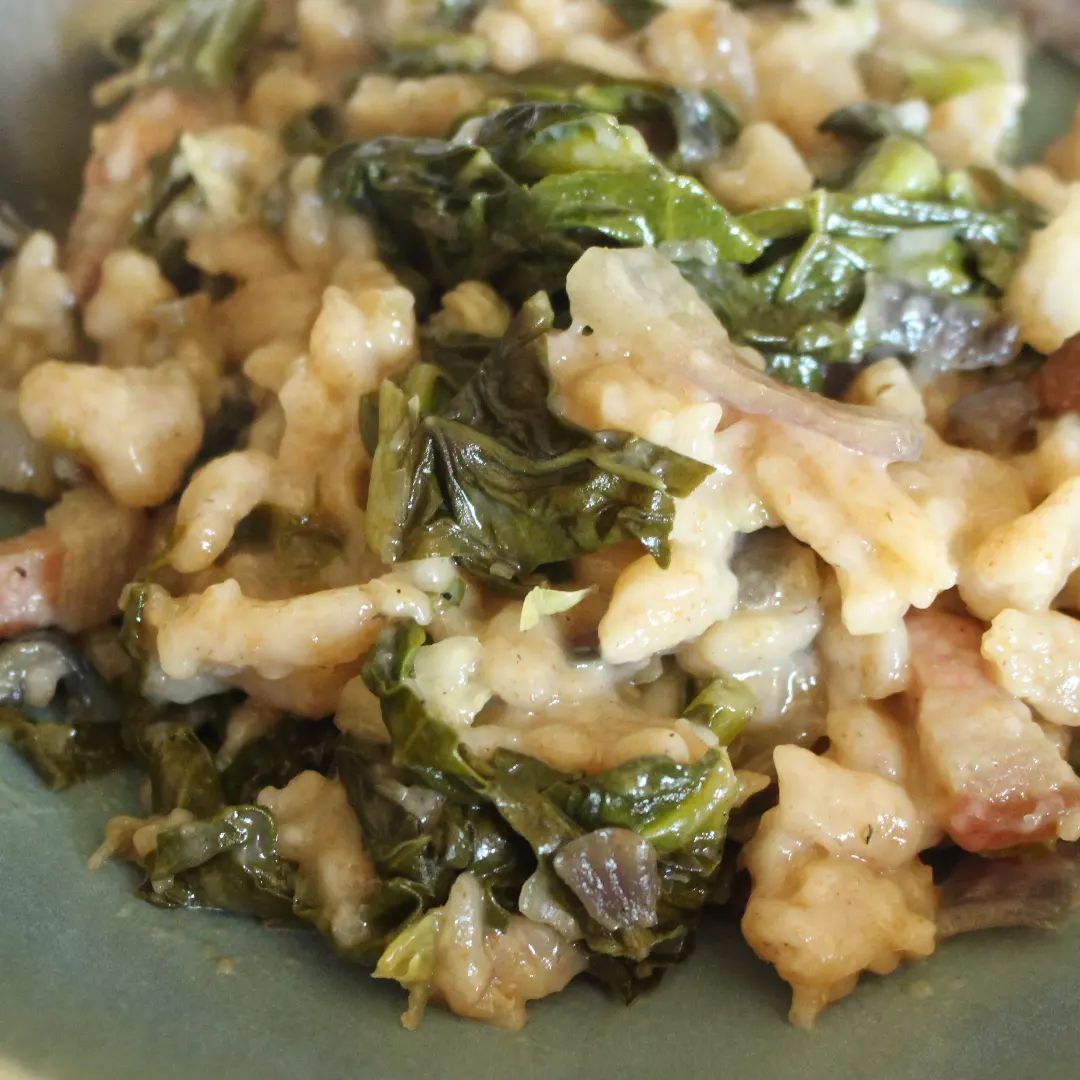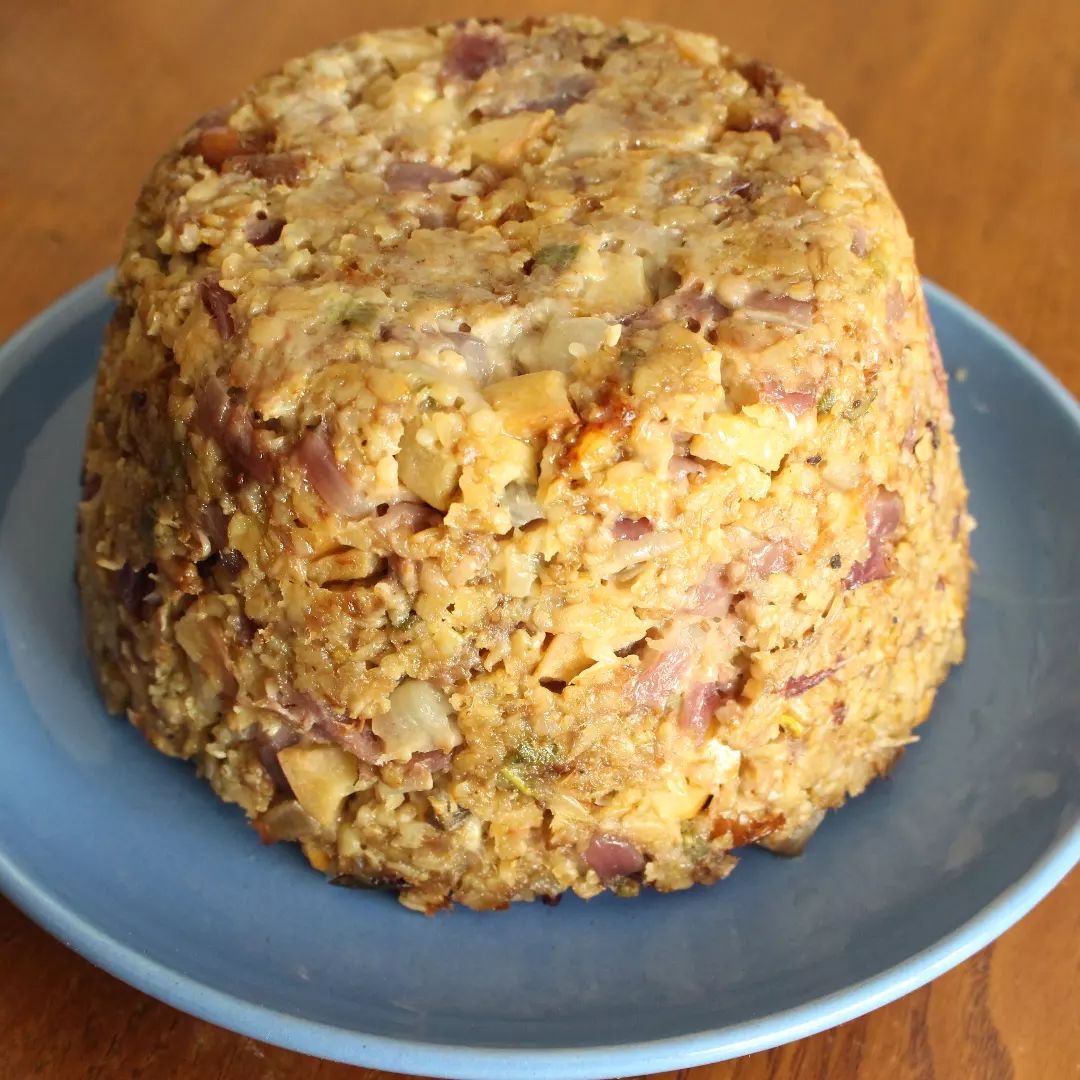Most of my meals aren’t dreamy instagrammable shots. They are simple, the work of previous days, repeatable and hopefully as local and nutrient-dense as I can get them. . Here’s pig’s liver from @valledelsasso (choose pigs liver over beef liver if you find the strong flavour difficult – it’s milder). I try to eat liver twice a week – sometimes simply fried like this in the cast iron pan, sometimes mixed with ground beef in meatballs or bolognese. . We’re eating it with the last of the Brussels sprouts from @radiciumane (I’m so sad when Brussels sprouts finish, they are one of the best things about winter!). Plus there’s sourdough bread made from the spent grain from my home-made ale topped with home-rendered lard. . The three cups have the actual rye/oat ancestral ale in them (yes, my 9-year old drinks our ale). It’s low in alcohol, isn’t bitter and feel like a digestive tonic. . @farmandhearth and I are super-excited to announce our @ancestralkitchenpodcast cookbook…coming tomorrow. It includes 20 meals from our kitchens that you can take into yours play with and enjoy!
Most of my meals aren’t dreamy instagrammable shots. They are simple, the work of previous days, repeatable and hopefully as local and nutrient-dense as I can get them.
.
Here’s pig’s liver from @valledelsasso (choose pigs liver over beef liver if you find the strong flavour difficult – it’s milder). I try to eat liver twice a week – sometimes simply fried like this in the cast iron pan, sometimes mixed with ground beef in meatballs or bolognese.
.
We’re eating it with the last of the Brussels sprouts from @radiciumane (I’m so sad when Brussels sprouts finish, they are one of the best things about winter!). Plus there’s sourdough bread made from the spent grain from my home-made ale topped with home-rendered lard.
.
The three cups have the actual rye/oat ancestral ale in them (yes, my 9-year old drinks our ale). It’s low in alcohol, isn’t bitter and feel like a digestive tonic.
.
@farmandhearth and I are super-excited to announce our @ancestralkitchenpodcast cookbook…coming tomorrow. It includes 20 meals from our kitchens that you can take into yours play with and enjoy!

